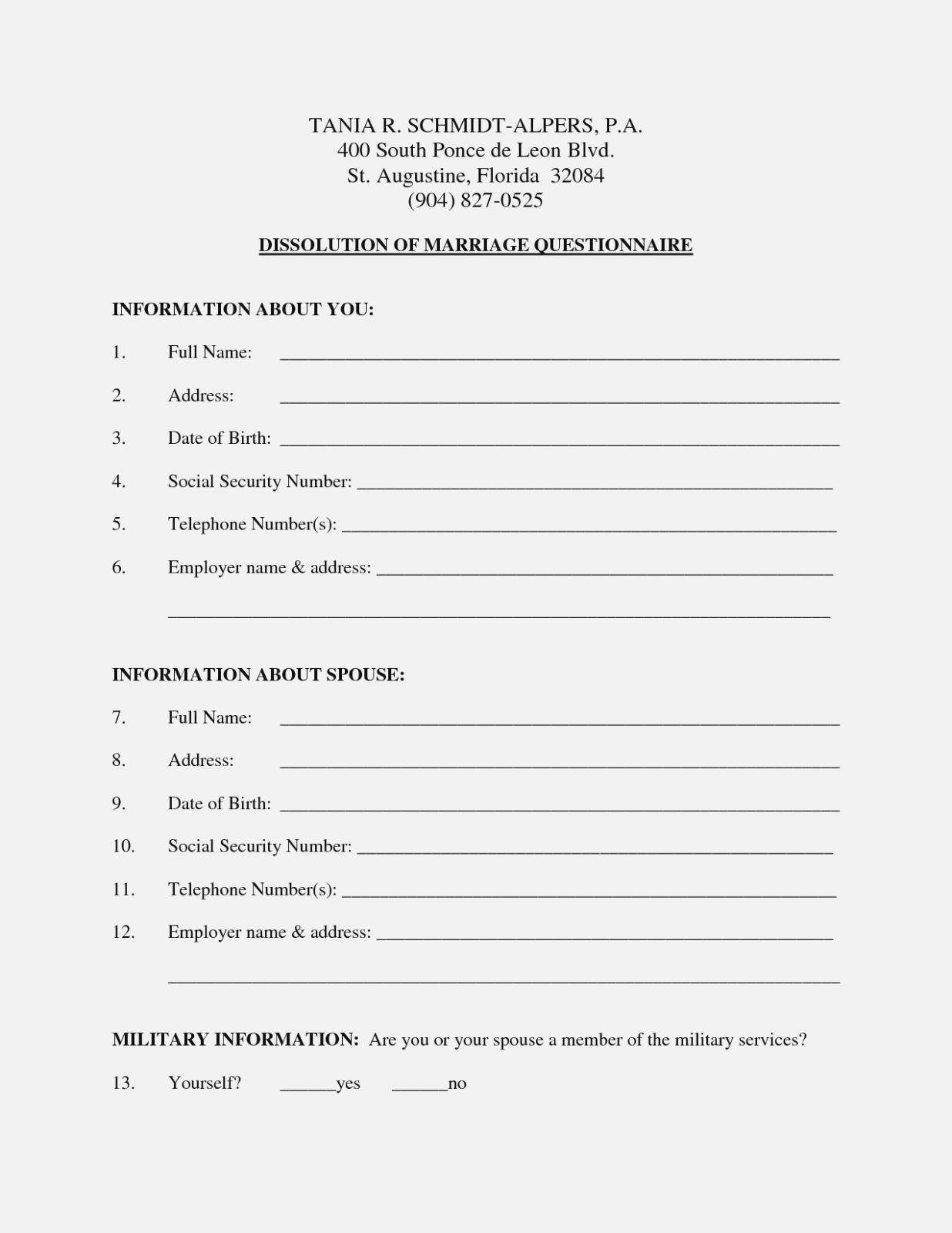5 Steps to Begin Divorce and Custody in NY

Divorce and custody battles can be emotionally draining and legally complex. However, understanding the procedural steps can make the process more manageable, especially when navigating through New York’s legal system. Here’s a detailed guide on how to begin divorce and child custody proceedings in the state of New York.
Step 1: Understand New York’s Residency Requirements


Before you can file for divorce in New York, you or your spouse must meet the state’s residency requirements:
- You or your spouse must have been a resident of New York for a continuous period of at least two years before filing.
- Alternatively, you or your spouse must have lived in the state for at least one year and one of the following must apply: marriage occurred in New York; you and your spouse lived as a married couple in New York; or the grounds for divorce arose in New York.
🏛️ Note: If you and your spouse both live in New York, you can meet the residency requirements based on either’s residence.
Step 2: Determine the Grounds for Divorce

New York recognizes seven grounds for divorce, with “No-Fault” being the most common:
- No-Fault Divorce: Both spouses agree that their marriage has irretrievably broken down for at least six months.
- Fault-based Divorce: Includes adultery, cruelty, abandonment, imprisonment, or living apart pursuant to a separation agreement.
The choice of grounds can impact how the divorce proceeds and the implications for custody, property division, and spousal support.
Step 3: Filing the Divorce Petition

The divorce process starts with one spouse, known as the plaintiff, filing a Complaint for Divorce:
- Complete the “Summons with Notice” form or “Summons” and a “Verified Complaint”.
- File these documents at the County Clerk’s Office where either you or your spouse resides.
- Pay the filing fee, which varies by county.
- Serve your spouse, now the defendant, with copies of these documents. This must be done legally, often through a process server or certified mail.
Your spouse has 20 to 30 days to respond to the divorce petition.
Step 4: Address Child Custody and Support


If children are involved, you’ll need to:
- File a Custody Petition: Outline your request for physical and legal custody, visitation rights, and support.
- Mediation: New York encourages mediation to settle custody disputes amicably. You might need to attend at least one session.
- Best Interests of the Child: Courts will always consider the “best interests of the child” when making custody decisions, including factors like parental caretaking ability, the child’s needs, and each parent’s living situation.
- Child Support: NY uses a formula to determine child support, based on combined parental income, cost of living, and the number of children.
👶 Note: Remember that child custody can be one of the most contested aspects of divorce; maintaining open communication with your spouse might ease the process for your children.
Step 5: Navigate the Divorce Process

After filing and serving the divorce papers, you’ll:
- Discovery: Exchange of financial information, including assets, income, debts, and expenses.
- Negotiation: Attempt to settle issues like property division, support, and custody through negotiation or mediation.
- Settlement or Trial: If agreement is not reached, a trial will determine unresolved issues. Trials can take months or even years.
- Divorce Decree: Once all issues are settled or decided, the court issues the final decree, making the divorce official.
This process can be intricate, and mistakes or omissions can delay proceedings or complicate outcomes. Here's a brief look at how different methods of service can influence the divorce process:
| Service Method | Pros | Cons |
|---|---|---|
| In-person by Process Server | - Ensures proper service - Proof of service received |
- Costs money - Might not find the spouse |
| Certified Mail | - Cost-effective - Recorded delivery |
- Spouse must sign for documents - Spouse might refuse to accept |
| Publication (if the spouse cannot be located) | - Ensures legal notice | - Time-consuming - Expensive |

In closing, beginning divorce and custody proceedings in New York involves understanding residency, choosing the grounds for divorce, properly filing the necessary paperwork, addressing child custody and support issues, and navigating the legal process. This roadmap outlines the steps, but each divorce case has its unique elements. Consulting with an experienced family law attorney can provide personalized guidance through this challenging time.
Can I file for divorce in NY if I’ve only been here for a year?

+
Yes, you can if either your marriage was performed in New York, you lived as a married couple in New York, or the grounds for divorce arose in New York.
What if my spouse refuses to cooperate in the divorce process?

+
You can still proceed with a contested divorce. The court will set a date for a hearing, and your spouse can be served by publication if they evade service.
How does child custody work if my spouse lives in a different state?

+
Child custody issues are governed by the Uniform Child Custody Jurisdiction and Enforcement Act (UCCJEA), which establishes that custody can be litigated in the state where the child has lived for the past six months or since birth.



